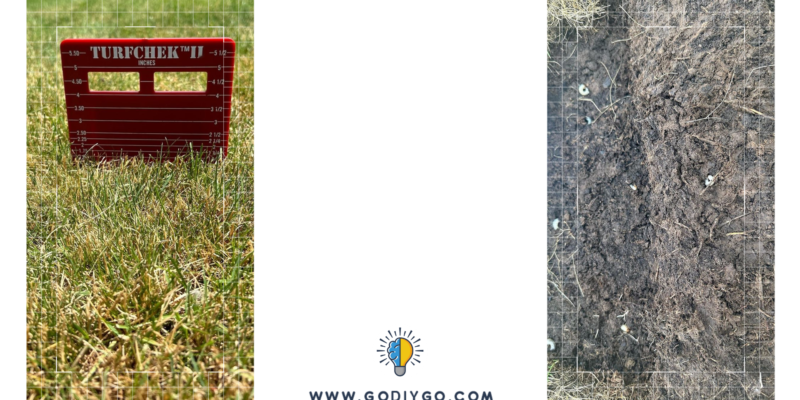Hot weather can really mess up your grass, especially if you’re not taking good care of it. If you cut it too short, overwater or underwater it, or ignore creepy-crawlies munching on it, your lawn might turn dull or even kick the bucket in spots. Keep your lawn lush and lovely all summer with these 10 top tips for summer lawn care.
1. Mow at the Optimal Height

Mowing at the optimal height is a simple yet essential practice that contributes significantly to the vitality and appearance of your lawn during the summer season. Lawn maintenance from @ teedandbrown
Keeping your lawn at the optimal mowing height is crucial for its health, especially during the summer months. By adjusting your mower to leave the grass slightly taller, you create a protective barrier that shades the soil beneath. This shade helps to reduce water evaporation, ensuring that your lawn retains moisture more effectively during hot weather. Additionally, taller grass promotes deeper root growth, which makes your lawn more resilient to drought conditions. Moreover, maintaining the correct mowing height prevents weed seeds from receiving the sunlight they need to germinate, thereby naturally reducing the occurrence of weeds in your lawn. Mowing at the optimal height is a simple yet essential practice that contributes significantly to the vitality and appearance of your lawn during the summer season.
2. Water Wisely
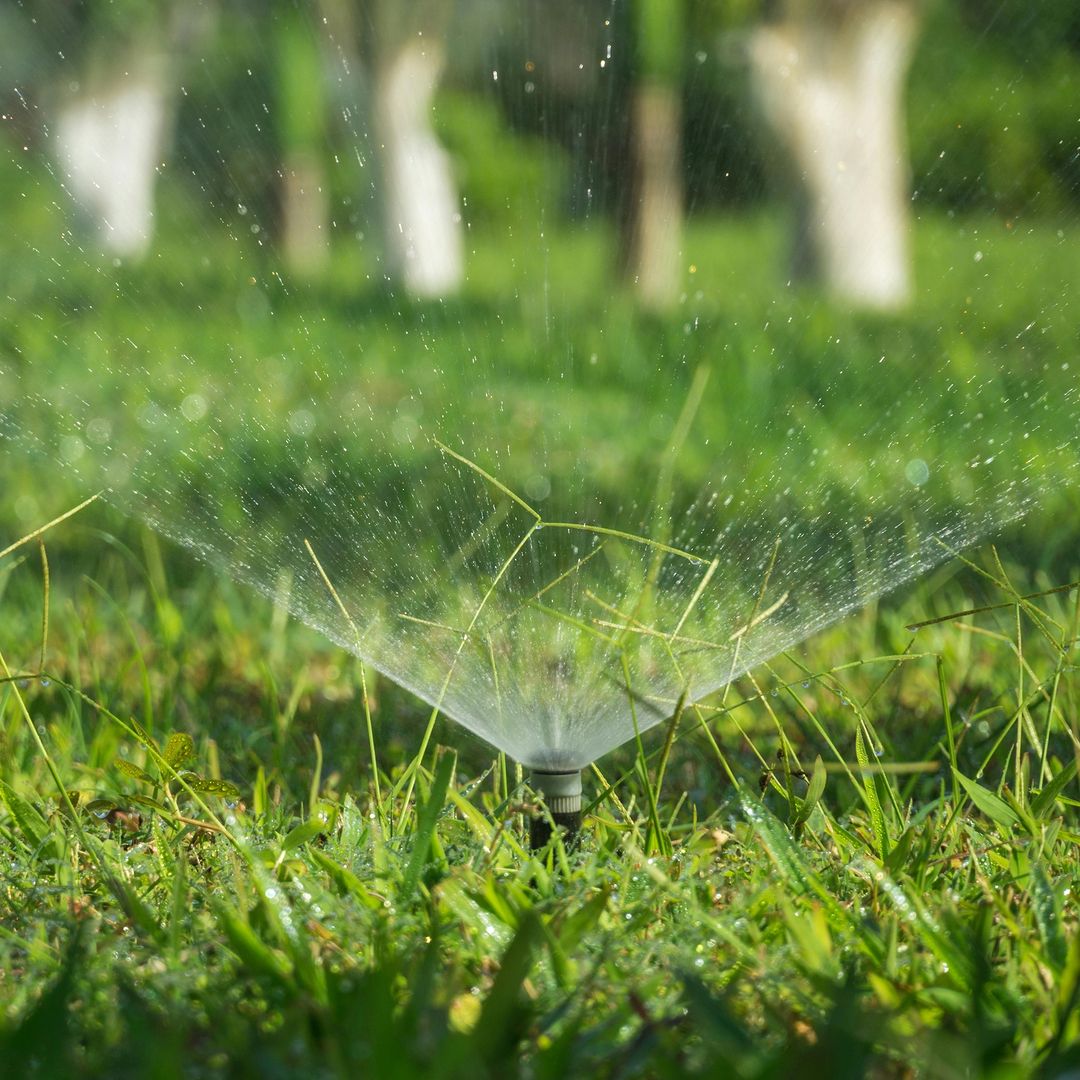
By adhering to proper watering practices, you can keep your lawn looking vibrant and thriving throughout the summer season. Watering from @ cityofwhiterock
Maintaining proper hydration for your lawn is crucial, especially during the scorching summer months. Deep watering encourages robust root growth, as grass roots are stimulated to delve deeper into the soil in search of moisture. This deeper root system enhances the lawn’s resilience to drought conditions, ensuring it stays green and healthy despite the heat. However, it’s crucial to strike a balance and avoid overwatering, which can lead to shallow root systems and increase the risk of diseases. Additionally, watering during the cooler parts of the day, such as early morning or late evening, reduces water loss due to evaporation, ensuring more efficient water uptake by the grass roots.
3. Treat for Grubs
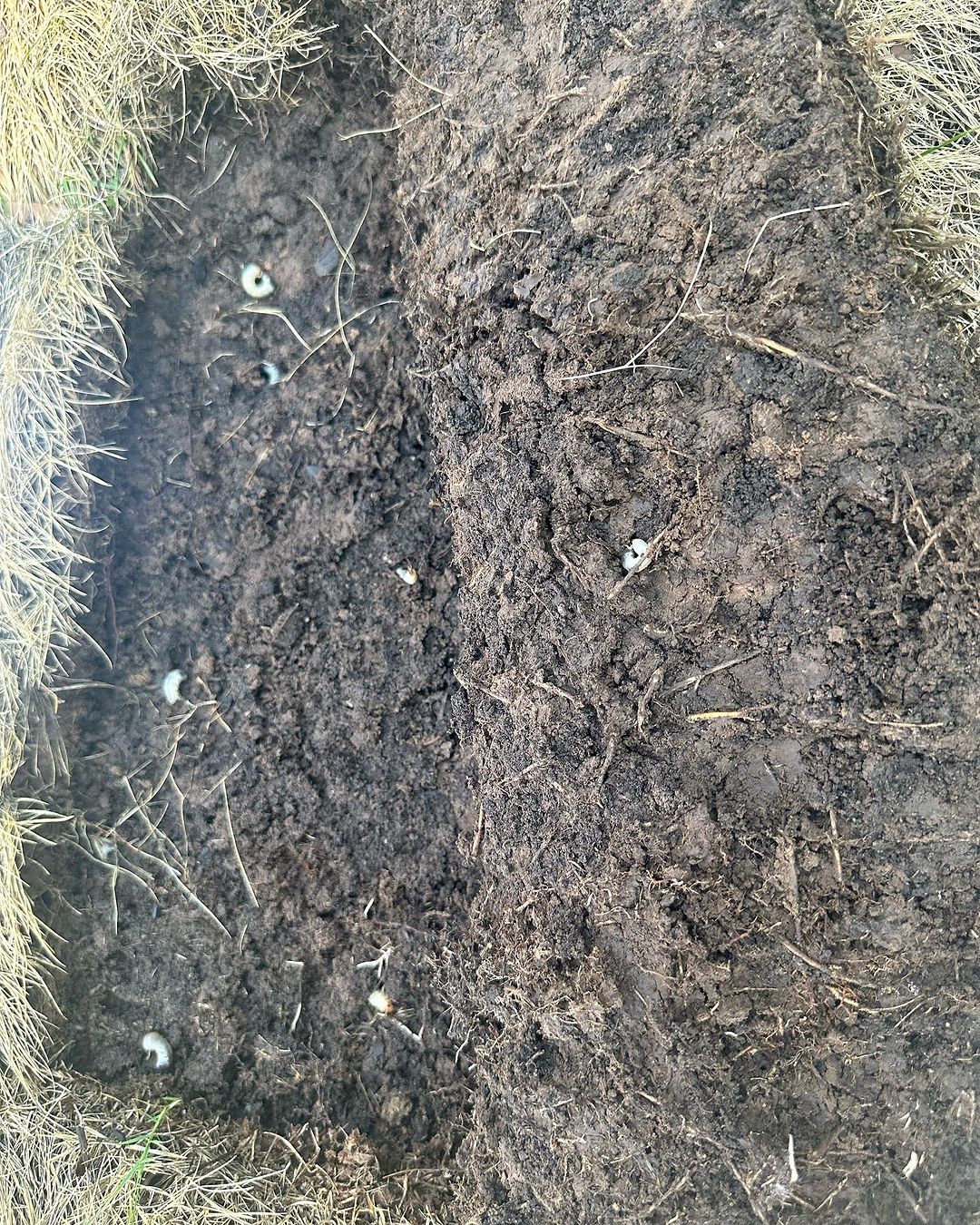
By staying proactive and treating for grubs as needed, you can maintain a healthy and lush lawn throughout the summer months. Grubs from @ expertorganics
Dealing with grubs is a crucial aspect of summer lawn care. Japanese Beetles, June Bugs, and European Chafers lay their eggs in grass during early to midsummer, which hatch into grubs later on. These grubs can wreak havoc on your lawn by feeding on grass roots, leading to brown patches and weakened turf. To prevent this damage, it’s essential to treat for grubs at the right time. Timing varies depending on the beetle species and your region, so consulting with your local Cooperative Extension System office is key. They can provide guidance on the best timing and methods for applying grub control products to protect your lawn from these destructive pests.
4. Manage Pet Waste
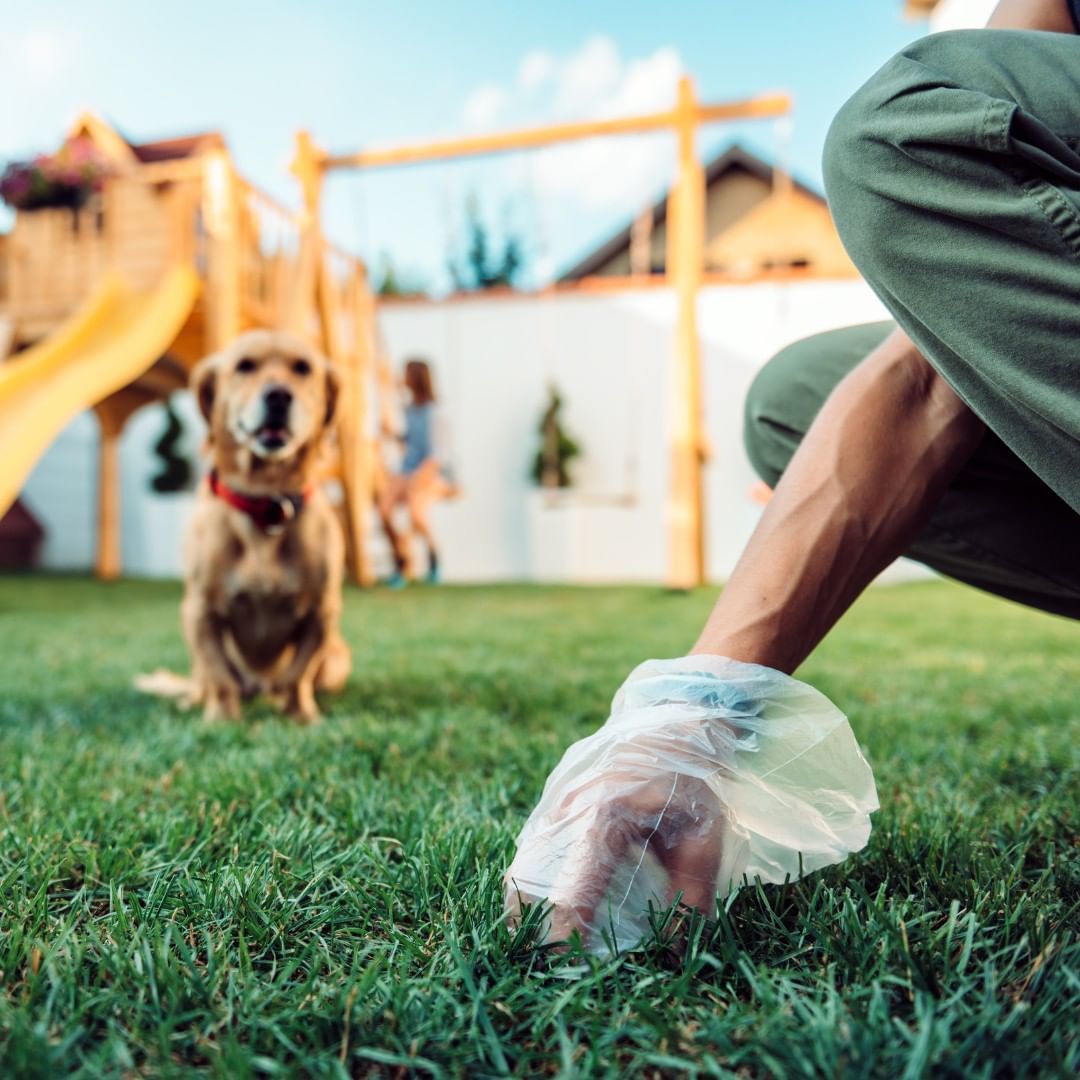
Managing pet waste effectively helps you maintain the health and appearance of your lawn throughout the summer season. Pet waste from @ bayou_preservation
Managing pet waste is an important aspect of summer lawn care. Dog urine can cause dead spots on the grass, so it’s essential to dilute it with water if you notice any affected areas. To prevent further damage, consider training your dog to use a designated area for bathroom breaks, such as a mulched or pebbled section of the yard. Additionally, promptly remove solid waste and dispose of it properly to prevent it from accumulating on the lawn.
5. Steer Clear of Parking on the Grass
Avoid parking on the grass to maintain its health and appearance during the summer months. Parking vehicles on the lawn can lead to soil compaction, which restricts root growth and oxygen uptake, causing the grass to weaken and die off. This is especially problematic during dry spells or periods of excessive heat when grass is already stressed. Instead, designate parking areas on driveways or other hard surfaces to protect your lawn from damage. By steering clear of parking on the grass, you can preserve its integrity and ensure a lush, green lawn throughout the summer.
6. Hone Your Mower Blade
Sharpening your mower blade is crucial for maintaining a healthy lawn, especially during the summer. A dull blade can tear grass instead of cleanly cutting it, leading to ragged edges that are more susceptible to disease and browning. By honing your mower blade regularly, you ensure a clean, precise cut that promotes healthy grass growth. The general rule of thumb is to sharpen your blade after every 10 hours of mowing to maintain optimal performance. Consider keeping a spare blade on hand so you can easily switch it out when needed. By honing your mower blade, you can achieve professional-looking results and keep your lawn looking its best throughout the summer season.
7. Leave Clippings in Place
In summer, leaving grass clippings on your lawn after mowing, also known as grasscycling, can greatly benefit its health. As the clippings decompose, they release essential nutrients like nitrogen and potassium back into the soil, acting as a natural fertilizer. This promotes healthy grass growth and reduces the need for additional fertilization. Additionally, the clippings help retain moisture in the soil, cutting down on water evaporation and the need for frequent watering. Overall, this simple practice improves the health and appearance of your lawn during the summer months.
8. Feed Warm-Season Grasses
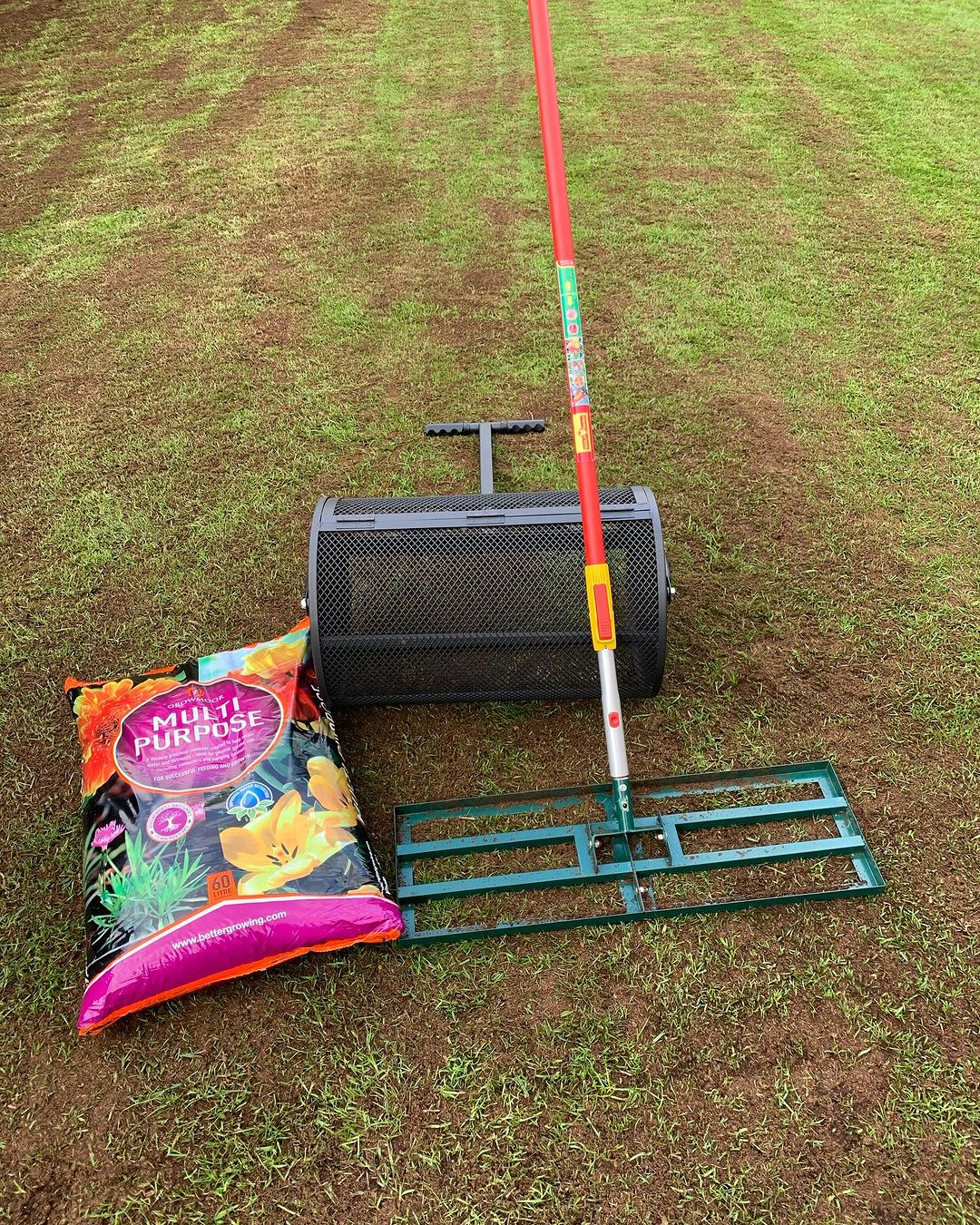
With feeding your warm-season grasses properly during the summer, you can promote strong growth and keep your lawn looking vibrant and green all season long. Garden maintenance from @ hoopers_garden_maintenance
9. Clear Away Litter
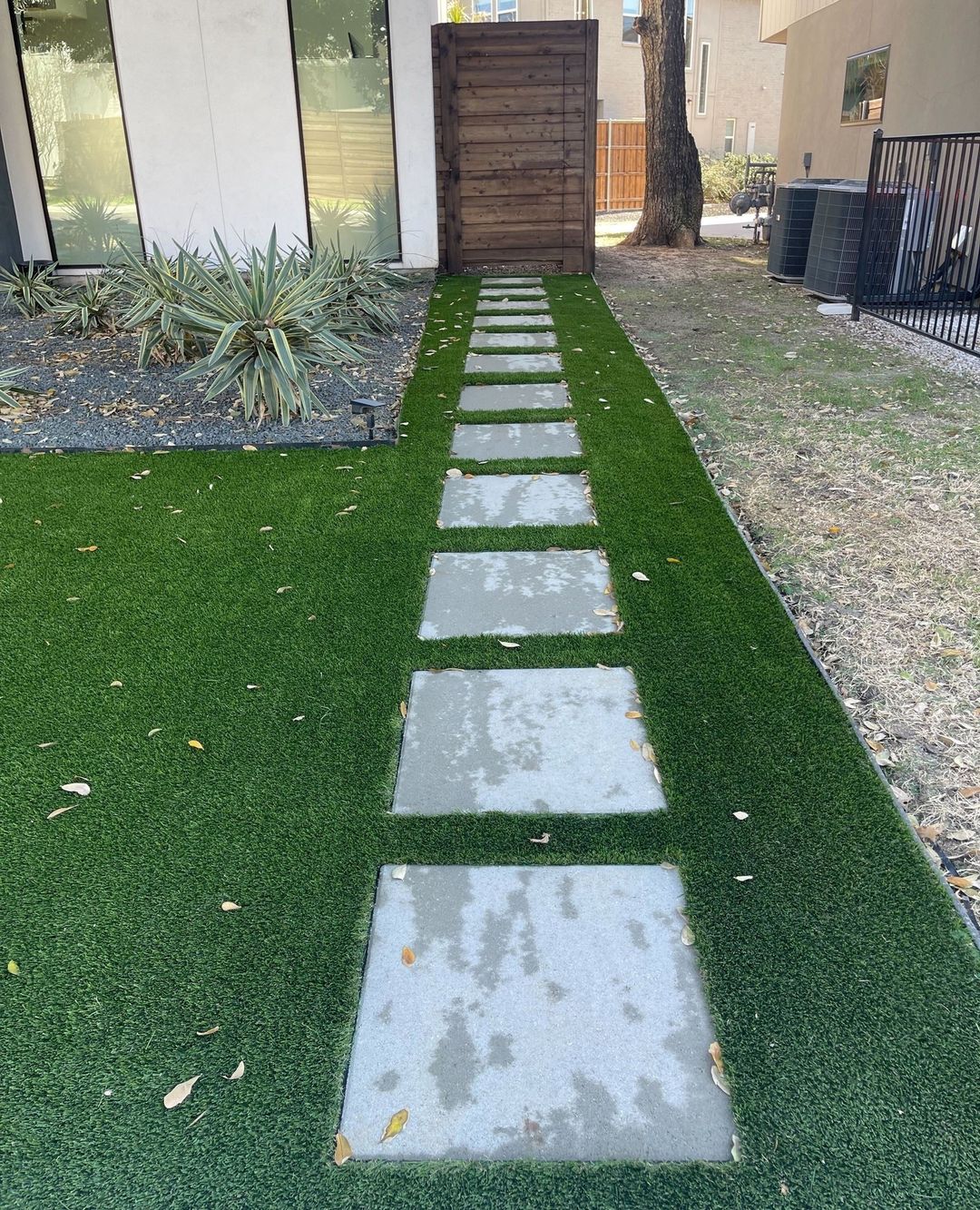
Staying diligent about keeping your lawn clutter-free will ensure your lawn remains a welcoming and inviting place for leisure and recreation. Front yard from @ southernturftx
Regularly remove any litter from your lawn! After outdoor activities or gatherings, items like toys, lawn chairs, or tools may be left behind, which can harm the grass or pose dangers while mowing. Clearing away litter helps maintain your lawn’s health and appearance by preventing objects from smothering the grass or causing injury. It also creates a safer and more enjoyable outdoor space for you and your family to relax in during the summer.
10. Tackle Weeds
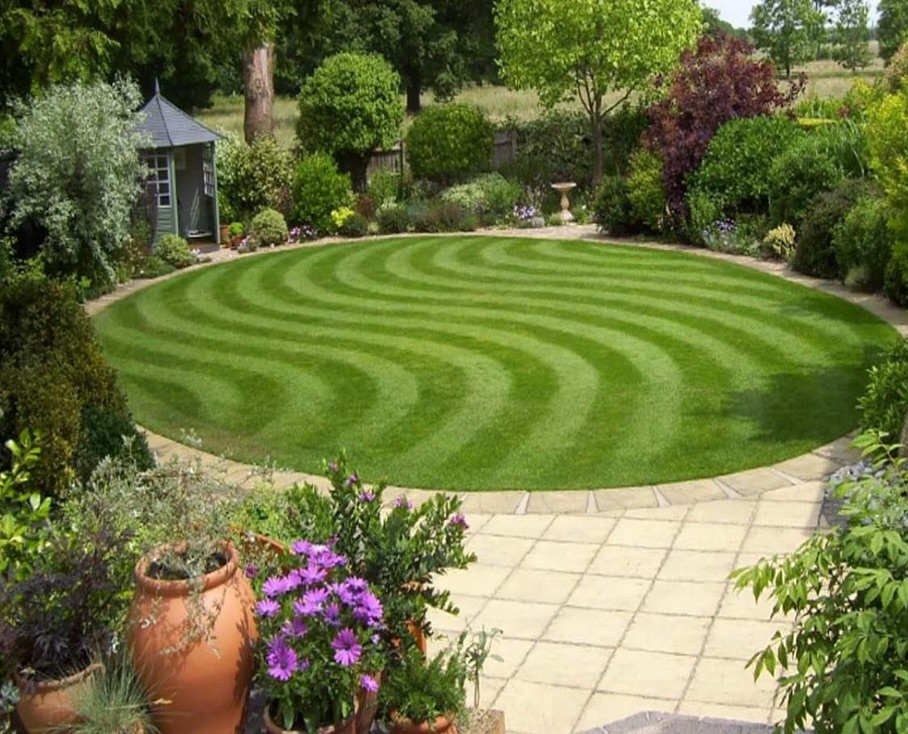
With consistent effort, you can maintain a beautiful, weed-free lawn all summer long. Lawn care from @ talbot_turf
Keeping your lawn free of weeds is crucial for its health, especially in summer when they can flourish. Regularly check your lawn for weeds and take action to stop them from spreading. You can remove weeds by hand, use weed killers, or focus on growing healthy grass to crowd out weeds. Using weed killers before and after weeds appear can be helpful. Also, stick to good lawn care habits like mowing, watering, and fertilizing correctly to keep your lawn strong and weed-free.


